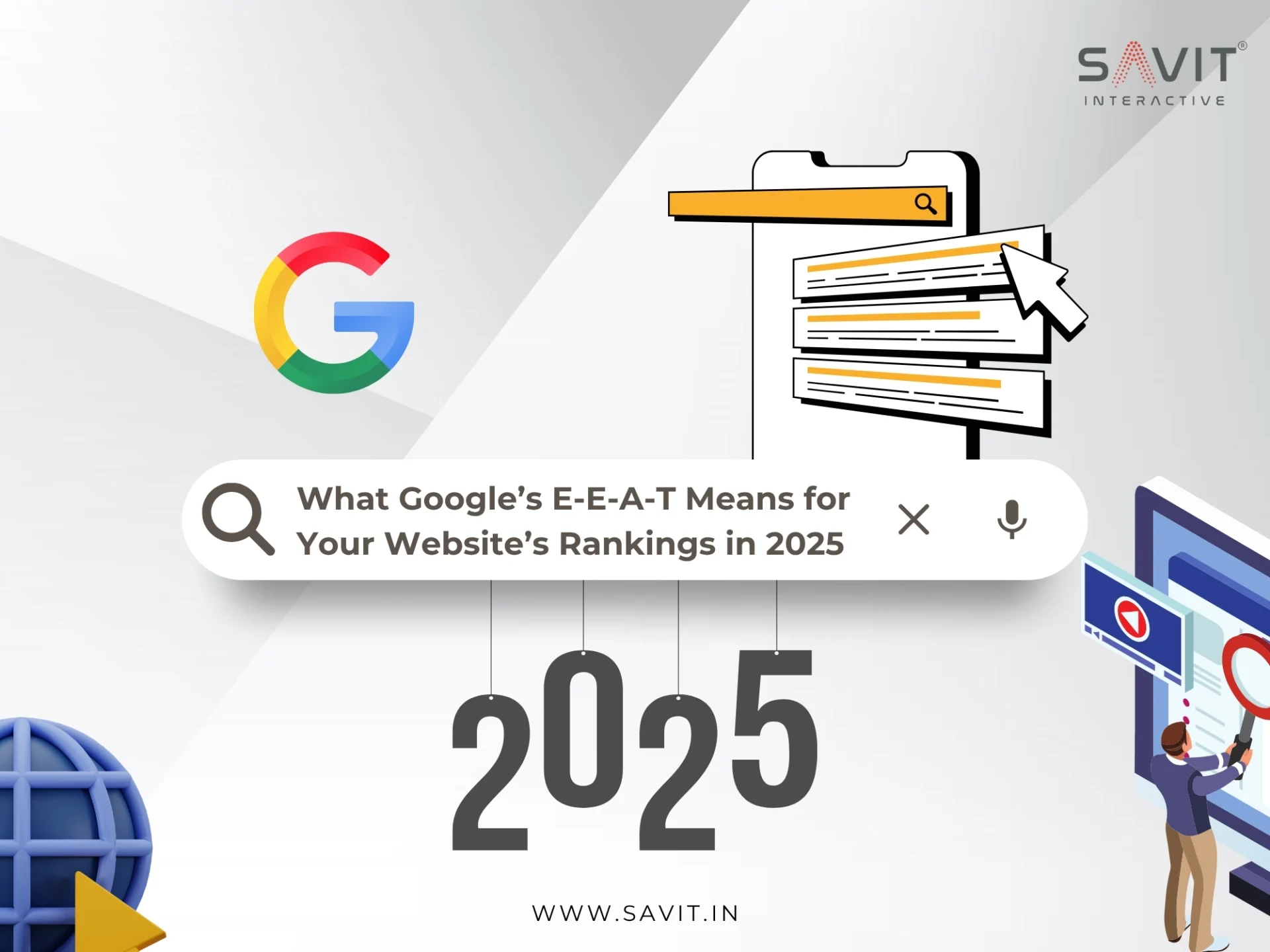Today, brands and their marketing teams must keep track of many things. They have to monitor all of their interactions, including likes, follows, retweets, comments, shares, and tags. Additionally, if one’s company is still operating, especially in the wake of the COVID-19 outbreak, one should be thankful.
Here are a few simple steps that you can follow to get a high ranking for your website:
Enhance On-Site SEO
The truth is: One of the SPEEDIEST ways to raise one’s Google ranks is through on-page SEO.
It is due to the fact that optimizing a page only takes two minutes, and you begin to notice a rise in ranks within days. First, check that one’s term appears towards the start of their title tag.
Why is this crucial? Google does, however, give somewhat more significant weight to keywords that appear early in their title tag. Also, they give later-appearing keywords less importance.
Make sure that the content has AT LEAST 1800 words. According to our analysis of Google’s key ranking factors, the usual first-page result comprises 1,447 words. 1-2 additional times overall on their page for the keyword search ranking. Nothing about keyword stuffing or such techniques applies here. Instead, by adding relevant terms to the website ranking, one is telling Google: “This page is about this search query!” The website ranking can be witnessed due to the satisfying improvements in the results.
Add LSI Keywords to the Page
A sophisticated on-page SEO strategy is using LSI keywords, which are now working FANTASTIC. What exactly are LSI keywords, then? LSI keywords can be considered as expressions and terms that are associated with the subject of the page.
Monitor the Technical SEO
Technical SEO is NOT a problem for 90% of website ranking on Google. Even though they are not common, technical SEO issues can harm the websites SEO seriously. Therefore, they demand attention.
The following three points in particular need your attention:
- Make sure their website is fully optimized for mobile devices as the first piece of advice.
- It’s 2022. So, one should probably not have a problem with this.
- It doesn’t hurt to double-check.
- Fortunately, it’s really simple to verify their site’s mobile optimization.
- All one has to do is enter a URL from the website into Google’s tool for testing mobile friendliness.
Match the Content to the Search Intent
The new buzzword in the SEO industry is “Search Intent.” Google takes user behaviour on the website into account. Additionally, one can anticipate an improvement in their rankings if visitors to the page typically find what they are seeking for.
Reduce their Bounce Rate
The next thing one should do is lower the website’s bounce rate.
Why is this important? Google doesn’t like it when users visit a site and immediately return to the search results. It goes without saying that aligning their content with search intent is an excellent approach to reducing bounce rates. After all, one provides a searcher with what they seek.
Why would they revert back? Pushing the material to the top is the best thing one can do to enhance their above-the-fold space. In this way, Google users can find the information they’re looking for quickly. Additionally, one wants to organize their page so visitors can quickly locate what they’re looking for. People can then skip right to the section in which they are most interested.
Last but not least, embellish one’s page with images, movies, graphs, screenshots, selfies, or any other visual content one can think of. The website’s material becomes more intriguing and understandable as a result. Both of which can significantly lower the bounce rate.
Research Additional Keywords to Target
One should start noticing a rise in their website’s Google rating by now. Now is the time to DRIVE EVEN MORE traffic to your website. Knowing what’s the simplest approach to accomplish that can be a great help. The solution is to focus the page’s optimization on various keywords.
Here is the precise procedure. First, check out the “Performance on Search results” on the Google Search Console page.
Most of these will be familiar to one as they are already centred on the web pages around these precise keywords. But occasionally, you’ll come across a keyword for which one is not doing any optimization.
Imagine how simple it will be to rank if one ACTUALLY TRIES to rank for that term if one is already ranking for it by mistake.
Publish Absurdly High-Quality Content
You must have heard that in order to rank in Google, “you need to publish high-quality content.” Although this is the case, doing so is exceedingly challenging. (After all, what exactly is “high-quality content”?) So, yes, one does want to post unique content on their website. However, it must be the kind of top-notch content that users connect to and share on social media. That’s because, as you may already be aware, a significant portion of Google’s algorithm relies on backlinks. The higher one ranks, the more backlinks the website has. Publicize something that other people will link to. (Also referred to as “link bait”).
Here are a few strategies to improve one’s chances of getting links to their work.
- Become a Source of Data
- With those words: Publish something others can use as a source for blog posts.
- Disseminate Visual Content
Referring to things like:
- Infographics \sMaps \sCharts
- Flowcharts \sVideos
- It’s a great idea to use graphic material to draw links.
Build Backlinks to their Site Publishing
Fantastic content is great content. However, for the material to receive links, readers must actually view it.
With those words: When it comes to content marketing, one can’t just “post and pray” and HOPE that links will come their way. It is because one’s content is dwarfed by the volume of blog posts, videos, Instagram stories, and Facebook posts that are published every day. In actuality, 70 million new posts are published each month, according to WordPress.
Keep an eye on the outcomes
Now that the website has improved, it should start to rank higher on Google. That is fantastic. But how can one tell if those rankings are helping? Also, how can one monitor the SEO results without actively reviewing the rankings every hour? This step is all about achieving the milestone.
Here’s a demonstration of how to track one’s results like an expert in this stage.
Organic Traffic” in Google Analytics : Rankings are wonderful. However, the most accurate measure of SEO marketing performance is organic traffic. (Or only traffic that comes from search engines.) Rankings’ inherent fallibility is the main cause of this.
Sales and Leads : To put it another way, does this increase in traffic genuinely improve financial results? People frequently ignore this query. However, one needs to know if all of these new visitors are becoming customers if one hopes to see a significant return on the SEO investment. There are countless options for tracking this.
Bonus step : Increase One’s Click-Through-Rate
It is widely known that Google incorporates click-through rates into its algorithm. The association between “Expected CTR” and improved google ranking has been discovered by numerous studies (including this one). That data is used to identify the sites that are bringing in the most email subscribers on the site.



